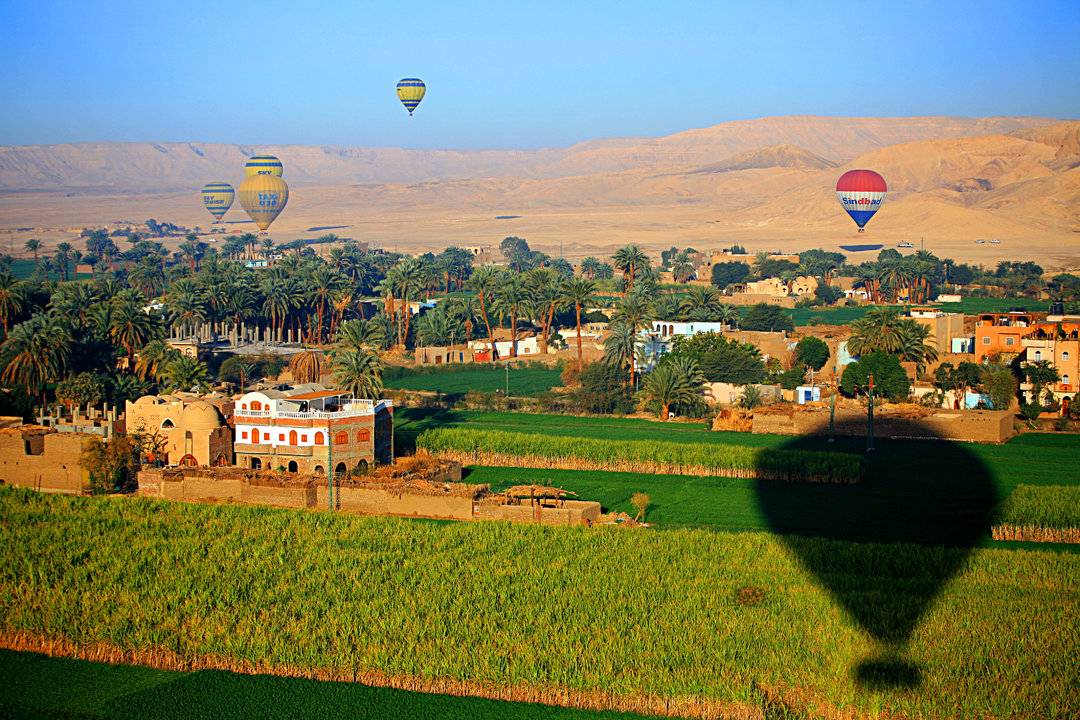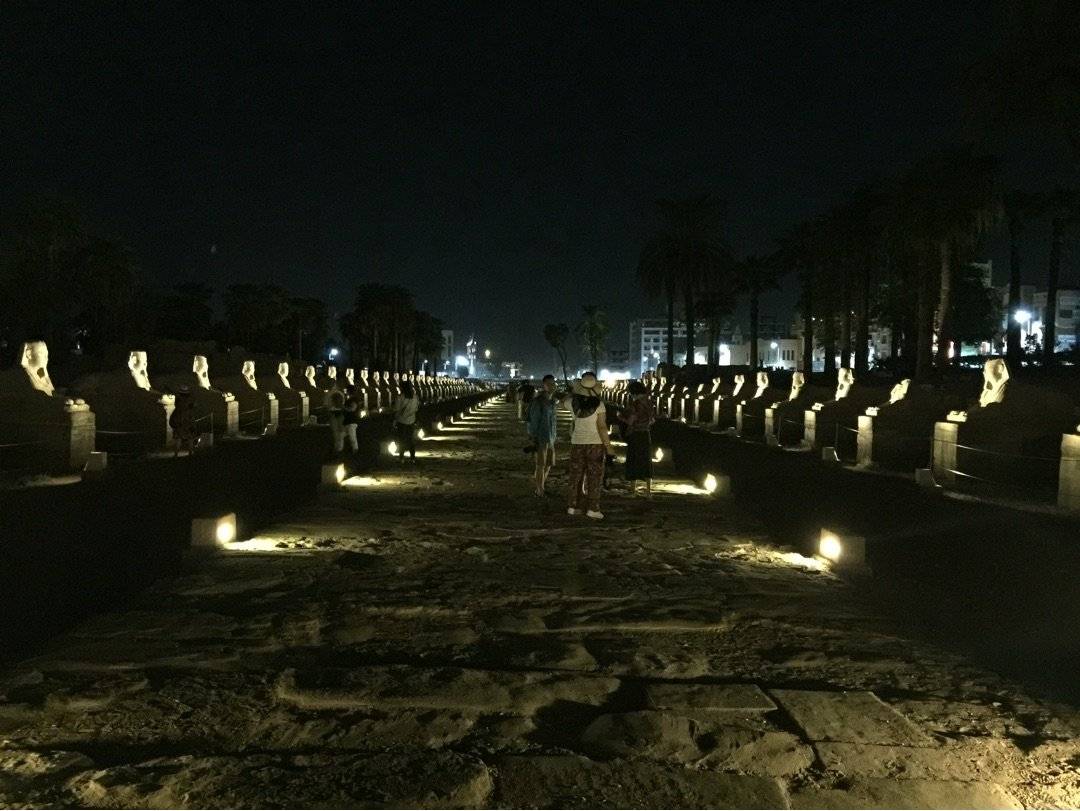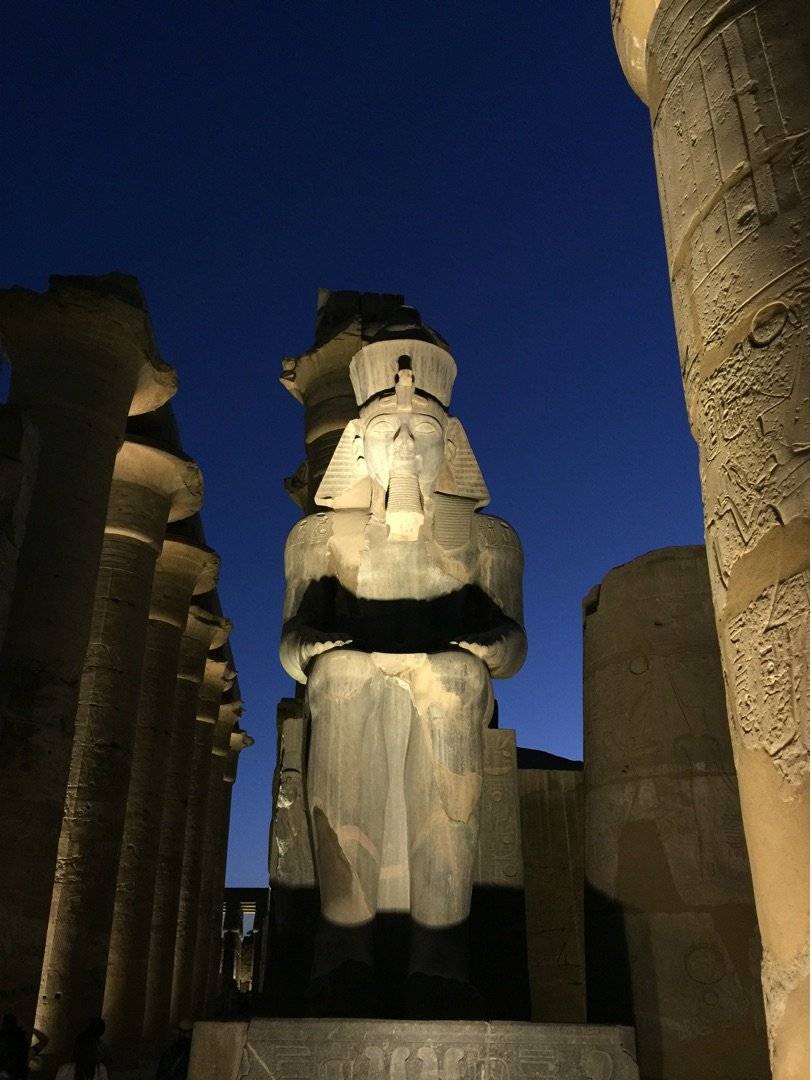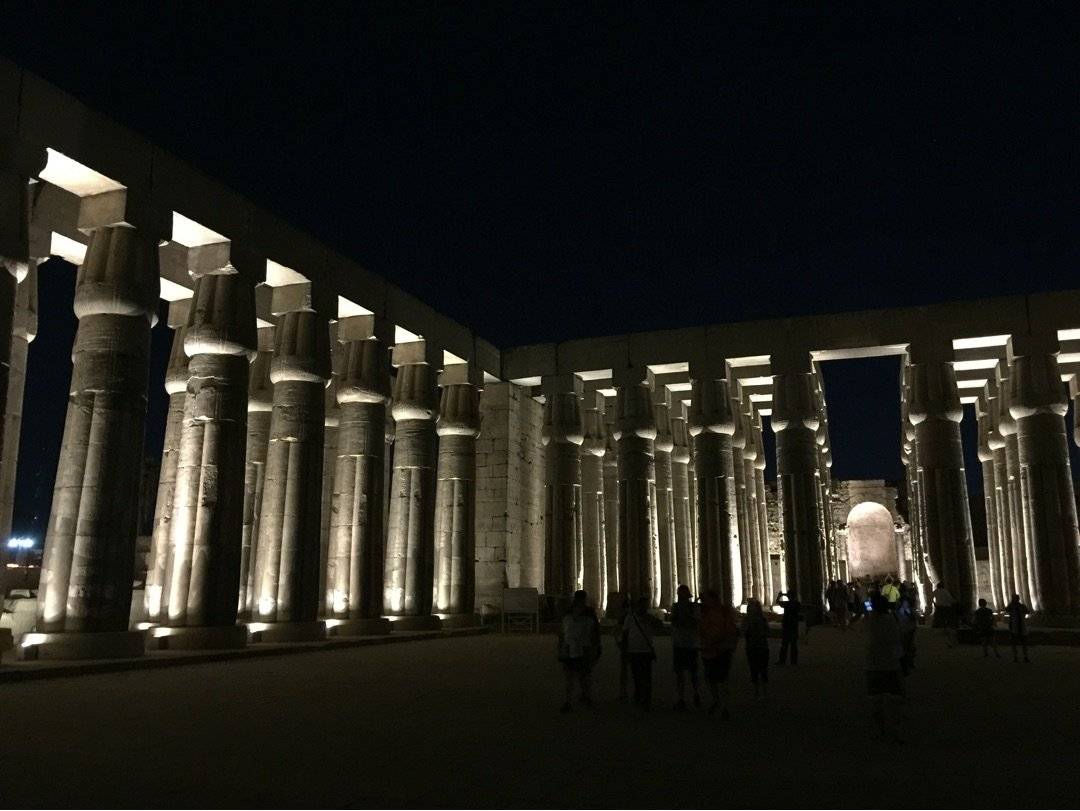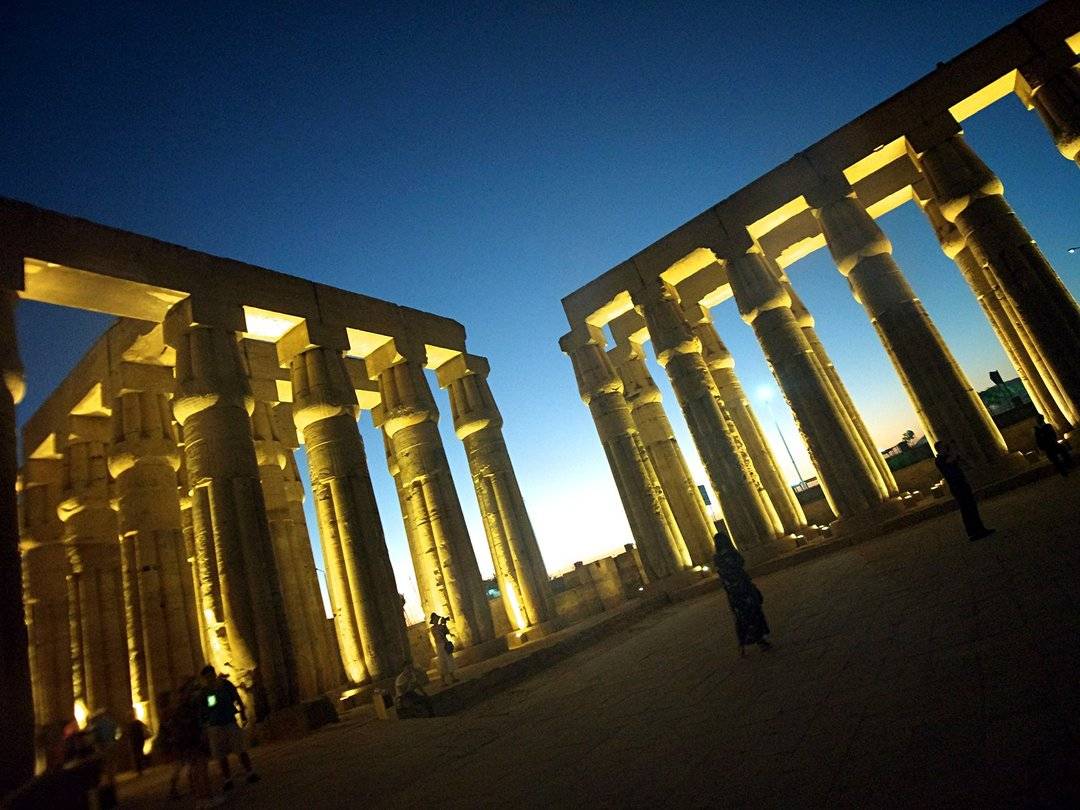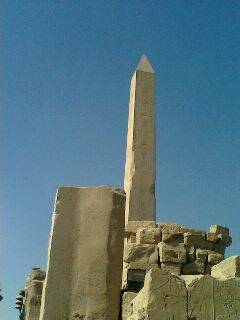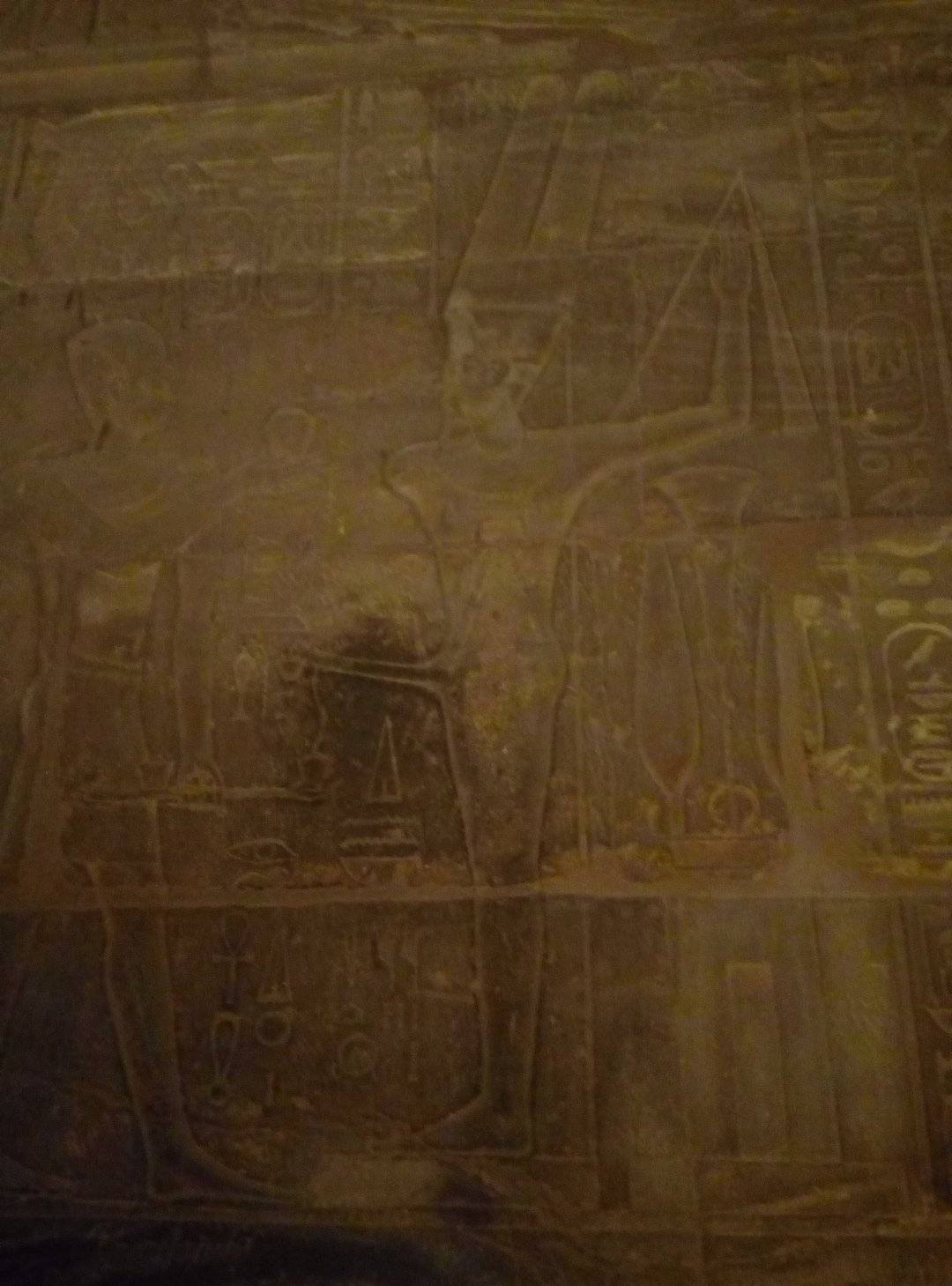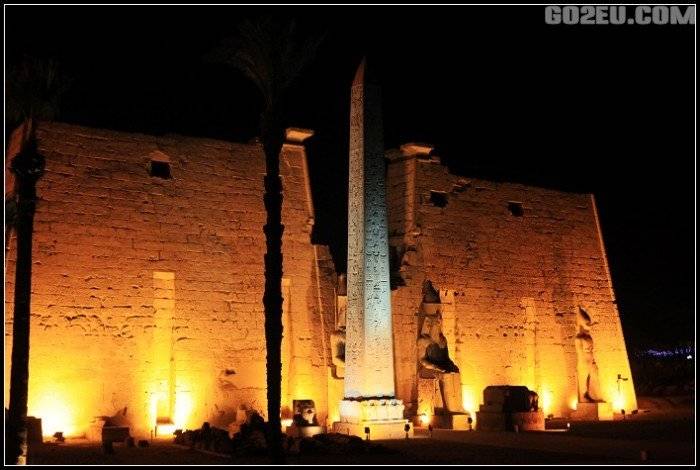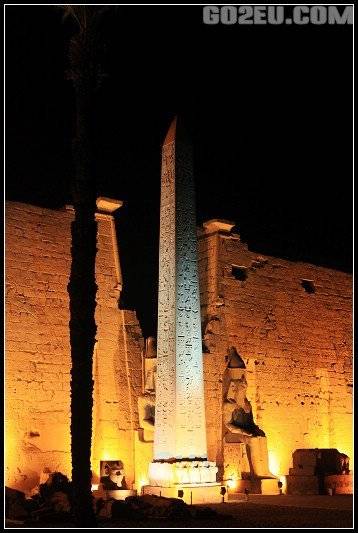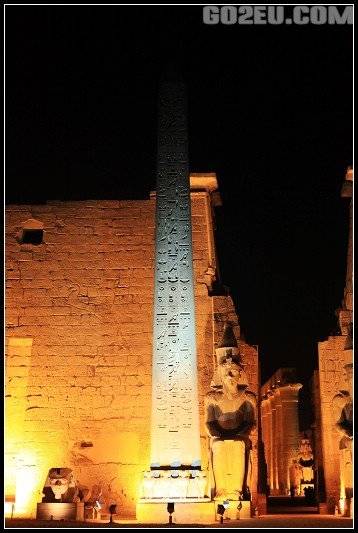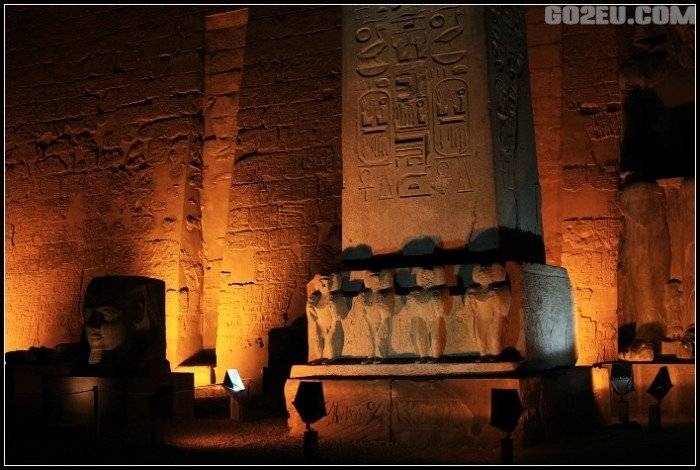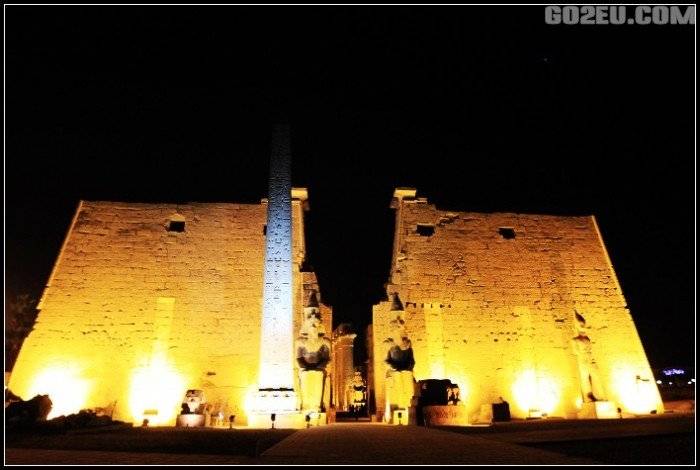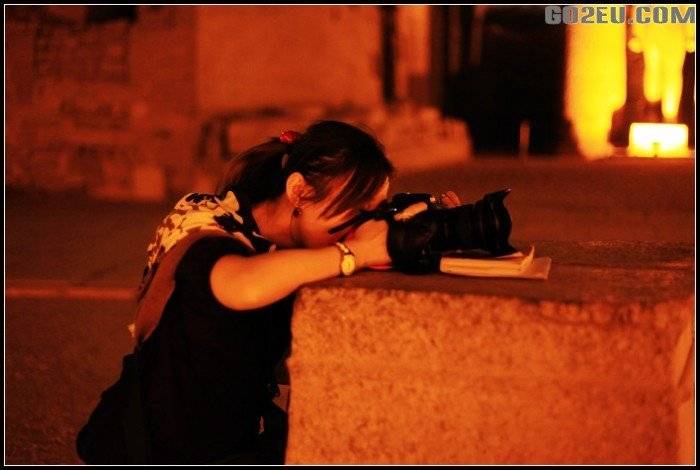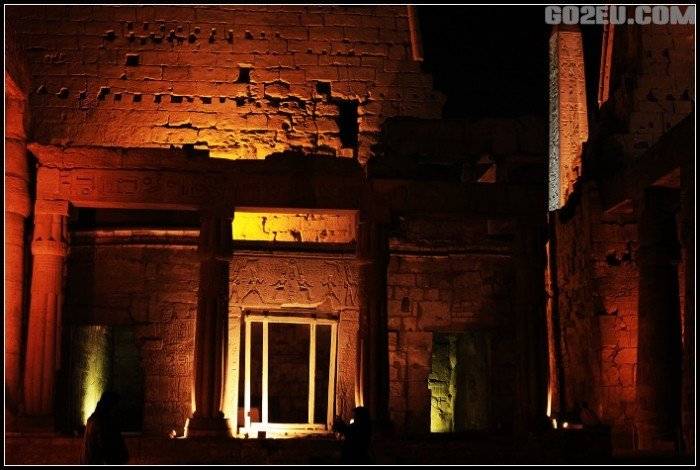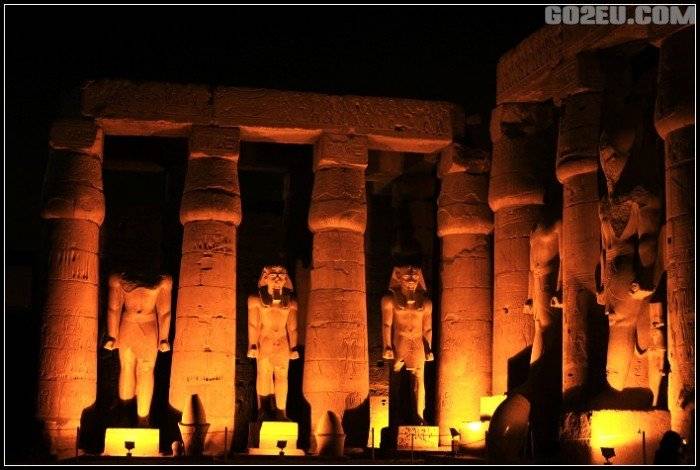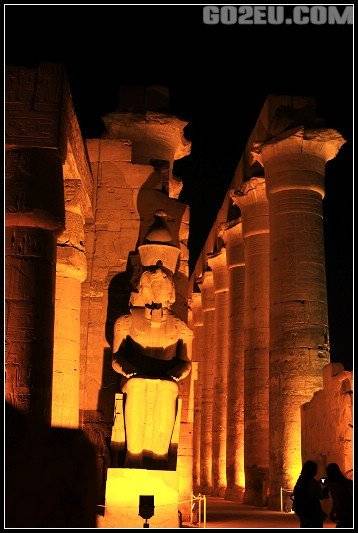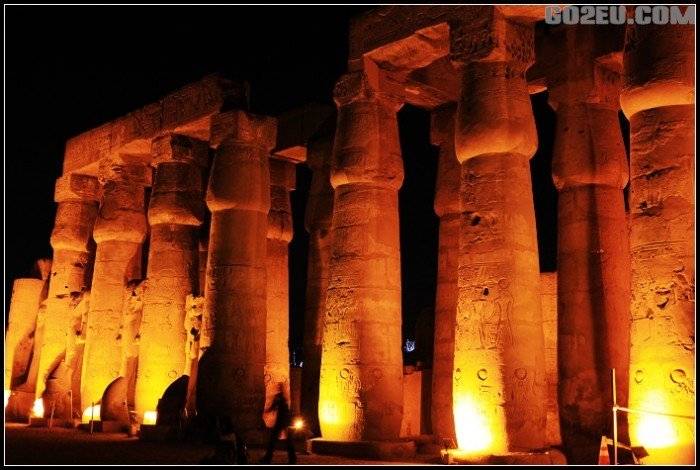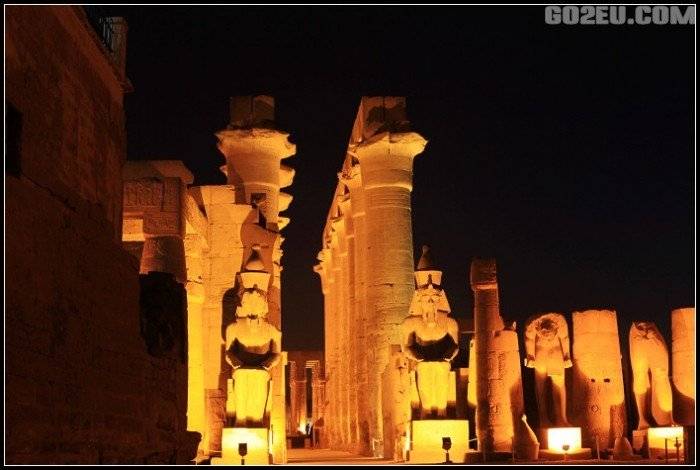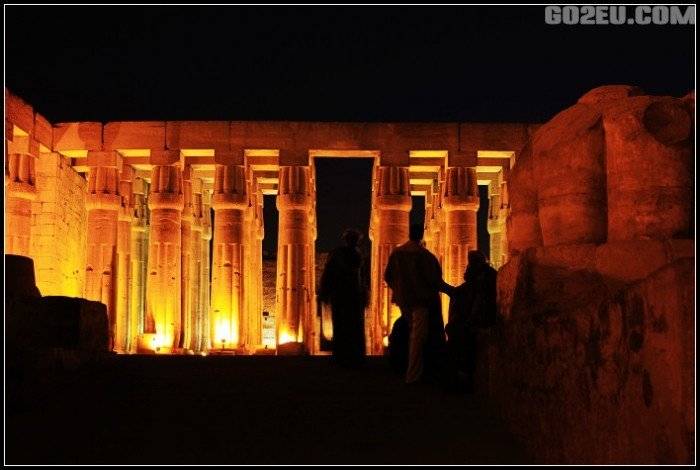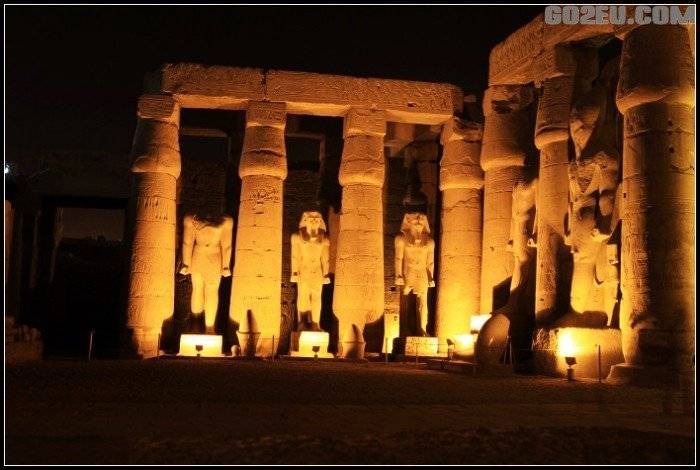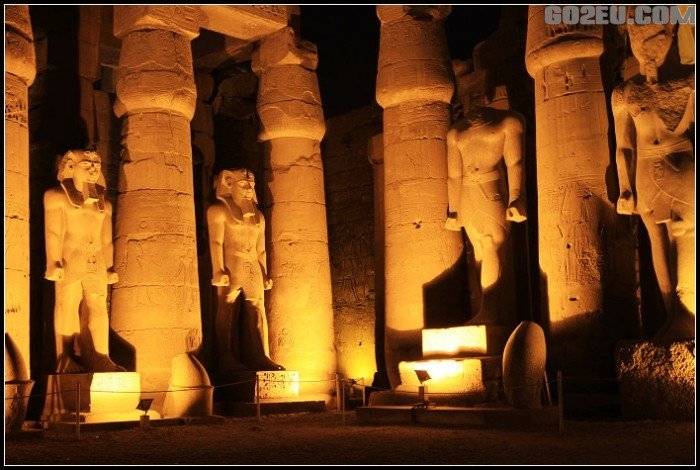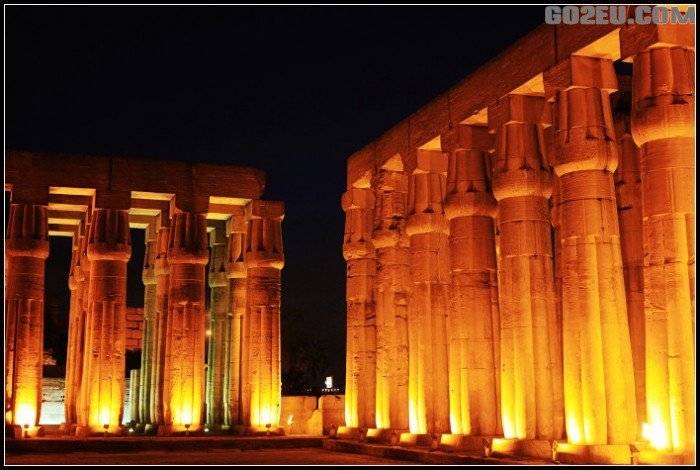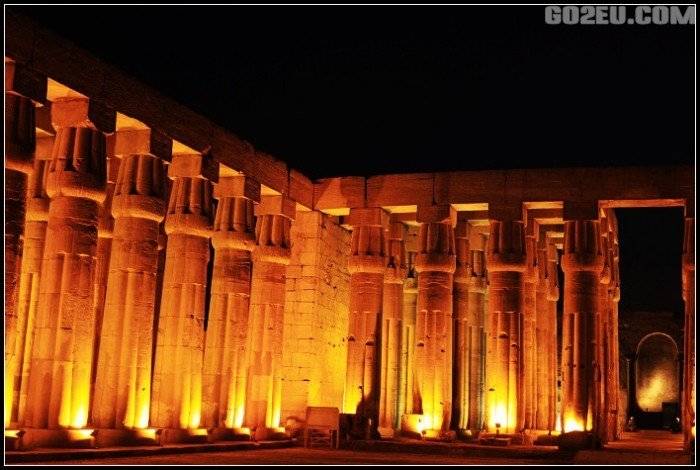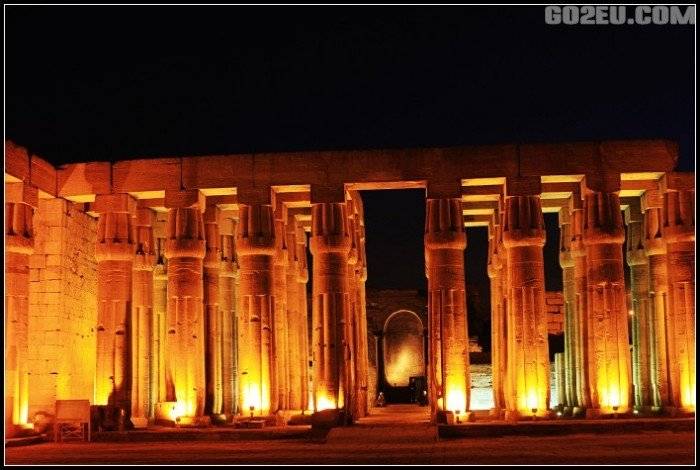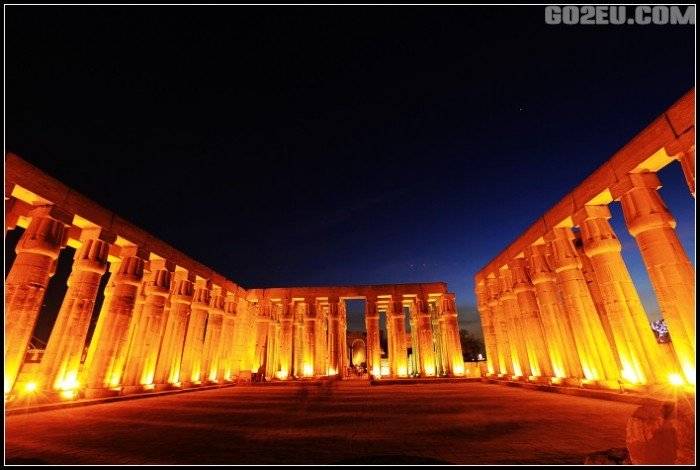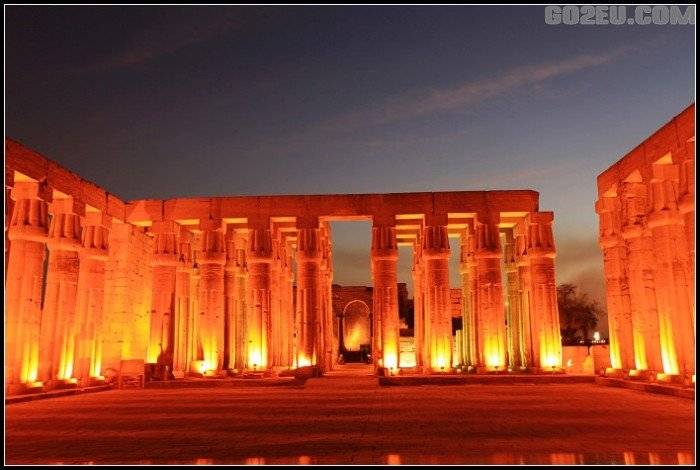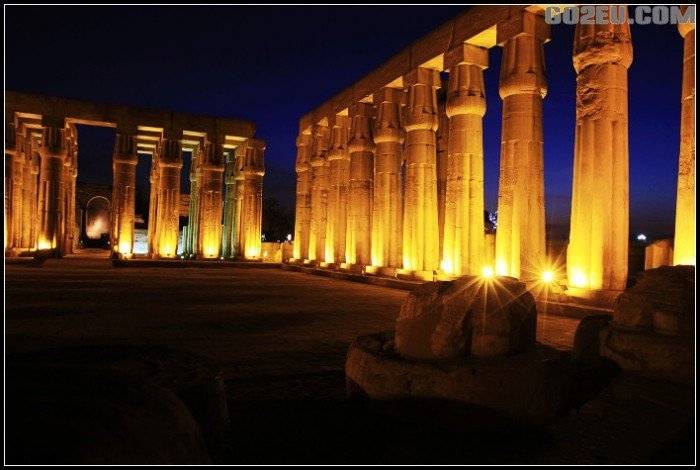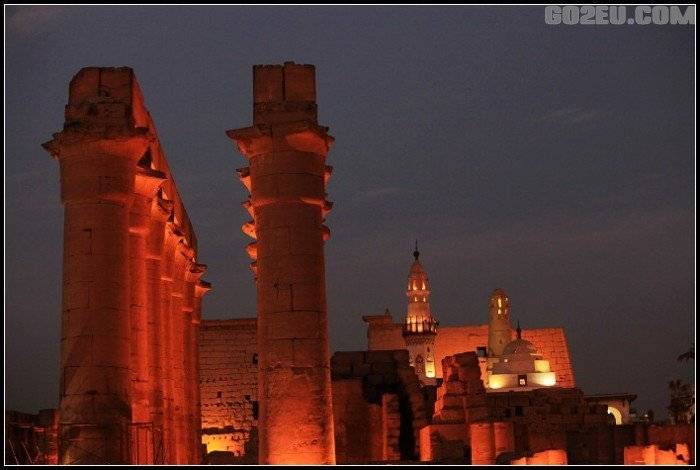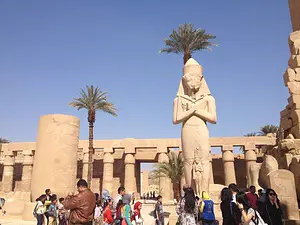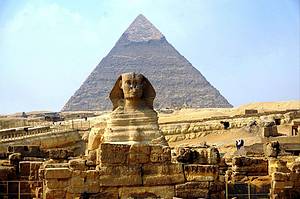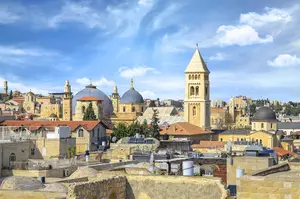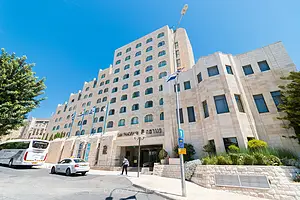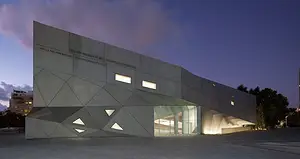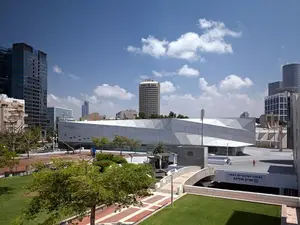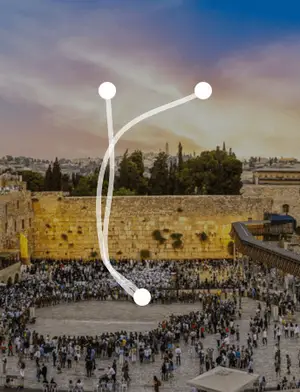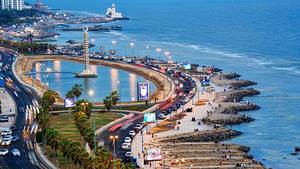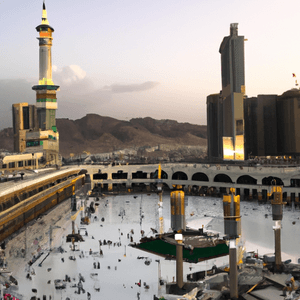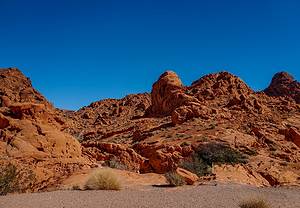Temple of Luxor, A timeless monument of ancient grandeur
Corniche an Nil East Bank, Luxor, Egypt
4.5
Introduction
Luxor Temple, located on the banks of the Nile River, is the royal residence of Amun during the Opet Festival. It is renowned for its stunning artwork and architecture, making it one of the masterpieces of ancient Egyptian civilization. Most of the construction was completed by Amenhotep III, while Ramses II added the gates, courtyards, and erected six statues of himself at the entrance (only three remain today). A massive obelisk stands in front of the temple, with one replaced by a clock, while the other still stands tall. Upon entering the temple, visitors are captivated by the double row of columns surrounding the central court, with the northern entrance colonnade being particularly beautiful. Inside the temple are many statues of pharaohs, though most have been damaged or destroyed due to the Christian tradition of defacing the worship of pharaohs. A mosque stands on the front half of the temple's colonnade, dating back to the 19th century when the temple was buried under Nile silt, and locals unknowingly built a mosque on top. The temple takes on a captivating allure at night, especially during the Sound and Light Show performance. Address Corniche an Nil East Bank, Luxor, Egypt
Transportation Luxor Temple is located in downtown Luxor and can be reached on foot or by taxi.
 Broken stone carvings in the Luxor Temple
Broken stone carvings in the Luxor Temple